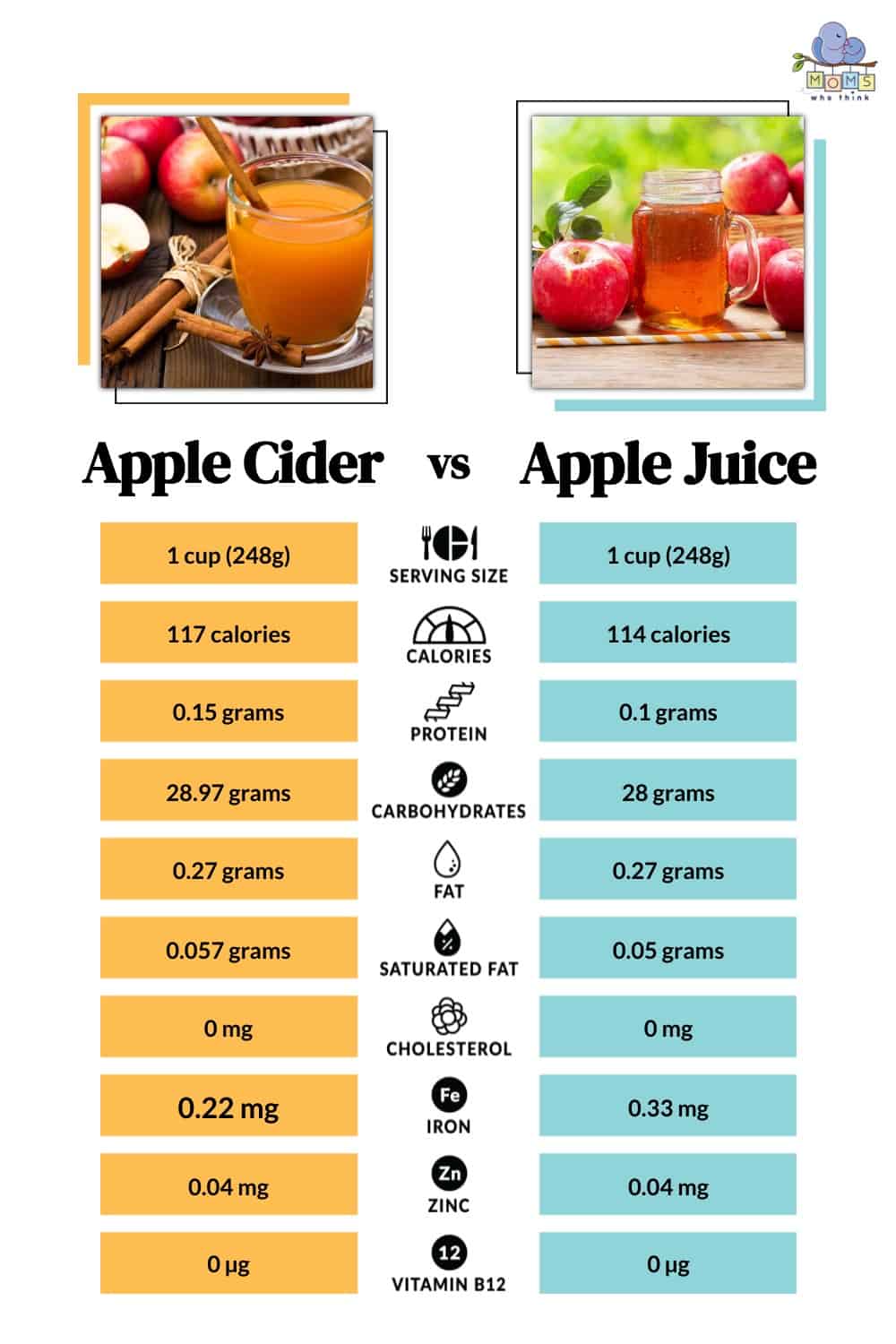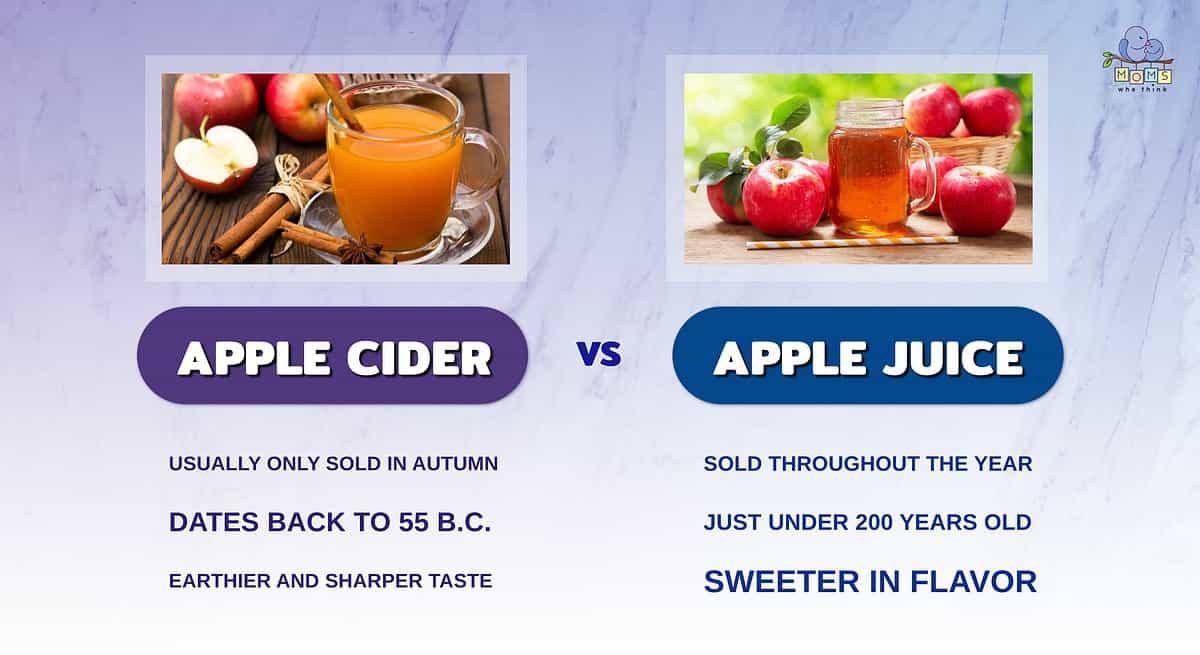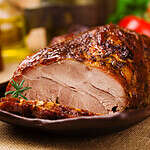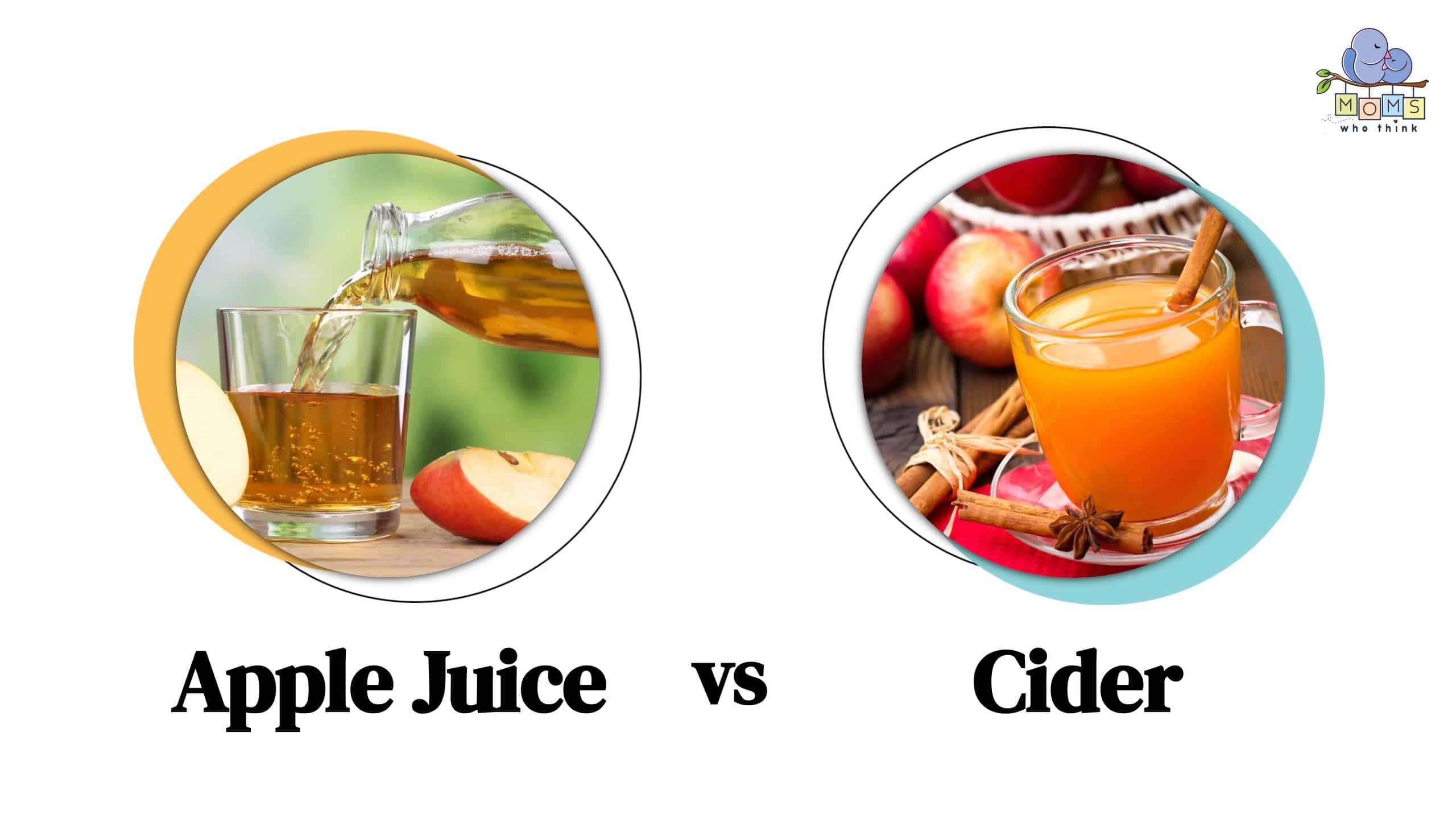Apple cider vs. apple juice comes down to freshness and pasteurization. For example, apple cider is fresh and usually unpasteurized. However, apple juice is often filtered and pasteurized.
There's also more that makes apple cider and apple juice different. There's a difference in taste, history, and how it's made, especially when it comes to recipes. There are also differences in nutrition. Since apple cider is unpasteurized, there are often more uncleared chemicals that wouldn't be cleared for commercial apple juice. These chemicals aren't harmful. There are stricter regulations around apple juice since it's sold in grocery stores throughout the year, while apple cider is typically sold in the autumn months.
This guide explores the unique differences between apple juice and apple cider. We look at the history and how they've developed over the last few hundred years. You'll better understand what differentiates them and what recipes you can use each for.
Apple Cider vs. Apple Juice: The Unique Differences

One of the most unique things about apple cider and apple juice is their history. For instance, apple juice is not even two hundred years old, while apple cider is over 1,000 years old. These facts can help you understand the significance of how apples are used. The apple is one of the most abundant fruits in the world, making it also one of the best fruits to make different recipes and juices.
Starting with the history of apple cider vs. apple juice can offer some guidance on how they are used differently by different cultures.
The History of Apple Cider vs. Apple Juice
Apple cider dates back to 55 B.C. The first record of apple cider was from the Roman Empire. One of the things that Julius Caesar did during the Roman Empire was ferment cider from crabapples. Additionally, when the Romans landed in Britain during that period, they discovered that the locals were making cider.
Apple juice's history is much more recent. Dating back to 1867, apple juice was invented. However, the actual year is unclear because the year 1867 was when Stephen Martinelli created a different version of apple cider that would eventually spark apple juice. Stephen Martinelli is responsible for making the delicious apple cider bottles known as Martinellis.
The Core Differences
While the core commonality between apple cider and apple juice is that they come from apples, they also have unique differences.
When it comes to taste, apple juice is typically sweeter because of the sugars added during making this juice. You can also see the ingredients added to the different brands of apple juice when shopping at the grocery store. Some of the more prominent brands that sell apple juice include Old Orchard, Caprisun, and Motts. Another core difference is that apple juice removes the pulp from the apple while making apple juice, giving the juice a clear appearance. The taste is also more consistent across apple juices because of the mass production and how it's precisely made.
Apple cider has more of an earthier taste when compared to apple juice. This is because apple cider is raw and unfiltered. This means the pulp is left in the juice. This is also why apple cider is often opaque. The appearance of apple cider is clouded because it's a natural process. The flavor also has a tanginess since cider comes straight from the apple. In addition, apple cider can taste different depending on the different apples you use.
Here's how to make apple cider:
- Cut up the apples into cubes with the skin, core and seeds.
- Use a food processor to pulse the small pieces of apple until they reach an applesauce-like consistency.
- Add apple pulp to a food-grade fine-mesh bag set inside a potato ricer. Squeeze the pulp to release the juice by holding the potato ricer over a bowl or liquid measuring cup.
- Enjoy the cider, either cold or hot.
The Nutritional Differences
Since apple juice is processed commercially, there are more federal regulations that apple juice must undergo to be sold in the grocery store. For example, the removal of polyphenol compounds must be processed during the making of apple juice.
However, cider typically has more polyphenol compounds, which aren't necessarily good for you. Too much polyphenol can increase kidney damage.
However, beyond polyphenols, apple cider and apple juice have a ton of nutritional value. They both have vitamins and minerals that promote your overall health.
Drink Ideas for Each
Here are the different drink ideas for apple cider and apple juice.
- Rum and Apple Juice
- Apple Juice Mojito
- Vodka and Apple Juice
- Spiced Apple Margaritas
- Appletini
- Honeycrisp Apple Sangria
Here are the drinks you can make with apple cider.
- Warm Apple Cider Cocktail
- Apple Cider Margarita
- Bourbon Apple Cider Cocktail
- Cinnamon Vodka Apple Cider Cocktail
- Apple Cider Mimosas
What Else Should You Know?

- You can always find apple juice on store shelves throughout the year. Apple cider, on the other hand, is often only sold in the fall.
- Interestingly, apple cider is much, much older than apple juice. In fact, apple juice is still fairly young, being under 200 years old.
- Due to added sugar, apple juice is usually sweeter than apple cider. Apple cider has a distinct, earthy flavor.
Apple cider and apple juice offer some of the most delicious drinks. While they may be different in how they are made, they can be uniquely used for different occasions. Apple juice is great to pick up at the grocery store if you want a typical juice with some health benefits. Apple cider is typically only found in the autumn season during the holidays.
Knowing the difference can give you ideas on what to make with either one during the holidays are a mid-summer apple juice recipe. Either way, you'll discover that both are divinely delicious.
Looking for a dinner idea that uses apple juice? Look no further than this pork roast:
Print
Apple Pie Glazed Pork Roast
Ingredients
4 pound pork loin roast
6 granny smith apples, peeled, cored and cut into quarters
3/4 cup apple juice
1/2 cup dark brown sugar
1 teaspoon ground cinnamon
1 teaspoon ground nutmeg
1/2 teaspoon ground ginger
Instructions
1. Brown pork roast under broiler to remove excess fat; drain well.
2. Place apple quarters in bottom of crock pot. Place roast on top of apples.
3. Combine apple juice, brown sugar, cinnamon, nutmeg, and ginger. Spoon over top surface of roast, moistening well.
4. Cover and cook on Low for 8 to 10 hours.


